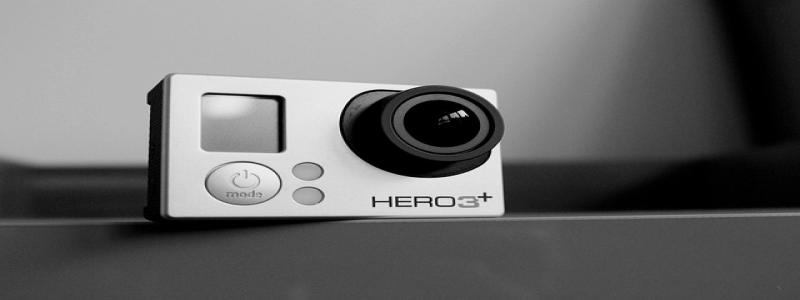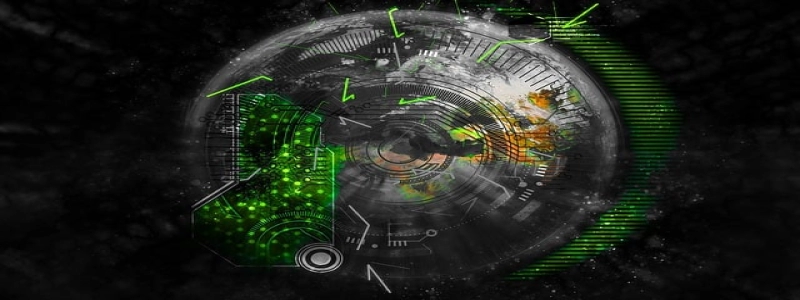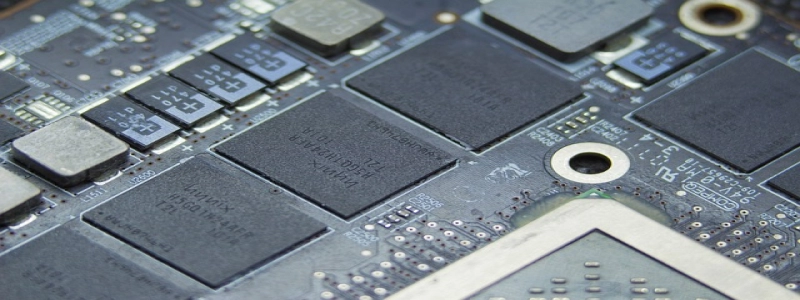Diode Laser vs CO2 Laser
Introduction:
In the field of laser technology, the utilization of different types of lasers has revolutionized various industries. Two common types of lasers used in medical, cosmetic, and industrial applications are the diode laser and CO2 laser. While both lasers have their unique benefits, it is important to understand the differences between them to make an informed decision when choosing the most suitable laser for a specific task.
I. Definition and Working Principles:
A. Diode Laser:
1. The diode laser uses a junction diode semiconductor as its active medium.
2. Electrical energy is converted into light energy through the process of stimulated emission.
3. The diode laser emits light in the visible and near-infrared spectrum.
B. CO2 Laser:
1. The CO2 laser uses a mixture of gases, typically carbon dioxide, nitrogen, and helium, as its active medium.
2. Electrical energy, coupled with a discharge tube, excites the gas molecules, which results in laser emission.
3. The CO2 laser emits light in the far-infrared spectrum.
II. Applications:
A. Diode Laser:
1. Medical Applications:
a. Hair Removal: The diode laser’s wavelength is highly absorbed by melanin, making it effective for hair removal treatments.
b. Dental Surgery: Diode lasers are used for soft tissue surgery, periodontal treatment, and teeth whitening.
2. Industrial Applications:
a. Material Processing: Diode lasers are used for cutting, welding, and engraving various materials, including metals, plastics, and ceramics.
b. Printing: Diode lasers are utilized in printing processes such as barcode printing and laser marking.
B. CO2 Laser:
1. Medical Applications:
a. Skin Resurfacing: CO2 lasers are effective for skin rejuvenation procedures, reducing wrinkles, scars, and pigmentation irregularities.
b. Surgical Procedures: CO2 lasers are used in various surgeries, including gynecological, ophthalmic, and ENT surgeries.
2. Industrial Applications:
a. Cutting and Welding: CO2 lasers are preferred for cutting thick materials like metals and acrylics.
b. Marking and Engraving: CO2 lasers provide precise and permanent marking on various materials, including wood, glass, and fabrics.
III. Benefits and Drawbacks:
A. Diode Laser:
1. Benefits:
a. Compact size and portability.
b. High energy efficiency and cost-effectiveness.
c. Minimal maintenance requirements.
2. Drawbacks:
a. Limited to shallow depth penetration for medical and cosmetic applications.
b. Inability to be used for resurfacing procedures due to its wavelength.
B. CO2 Laser:
1. Benefits:
a. Versatile and can be used for various applications.
b. Deep penetration in tissues, making it suitable for surgical procedures.
c. Excellent precision and control.
2. Drawbacks:
a. Larger size and higher cost.
b. Consumes more electrical power compared to diode lasers.
Conclusion:
In summary, both diode lasers and CO2 lasers are highly valuable tools in medical, cosmetic, and industrial fields. The choice between them depends on the specific application requirements. Diode lasers excel in hair removal and material processing, while CO2 lasers are preferred for skin resurfacing and surgical procedures. Understanding the unique properties, benefits, and drawbacks of each laser type allows professionals to select the most appropriate laser system for their specific needs.








